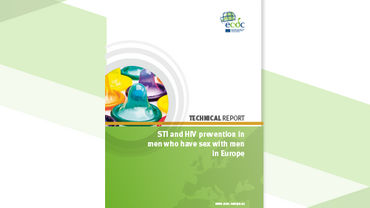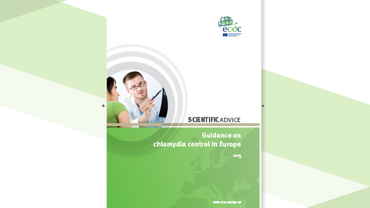Developing a national strategy for the prevention and control of sexually transmitted infections
Sexually transmitted infections (STI) are among the most frequently reported infections globally, indicating that national strategies are beneficial public health instruments for prevention and control of STI. This report outlines suggested steps to develop, implement and coordinate a national STI strategy and action plan. It includes approaches to ensure the necessary stakeholder engagement for such strategies to succeed.
Executive Summary
The number and rates of new STI diagnoses such as chlamydia, gonorrhoea and syphilis have increased in the EU/EEA since the 1990s. An ECDC survey in 2012 found that several EU Member States did not have a national strategy for STI control. This report thus provides support in setting up and implementing a national STI strategy, which should be evidence-based, considering the national STI epidemiological data and adapted to the specifics of the STI services.
The report outlines the three main components for a successful strategy, which aligns national coordination, clinical services and public health activities. It suggests the development, implementation and monitoring of a national strategy and action plan along seven steps from establishing a national coordination mechanism to developing a monitoring and evaluation plan for the strategy.
This report primarily targets policy advisors, experts involved in the planning and management of national STI strategies and those responsible for the implementation and management of national STI prevention and control programmes and related activities.
It mainly refers common, curable bacterial STI in the EU/EEA such as chlamydia, gonorrhoea and syphilis.








